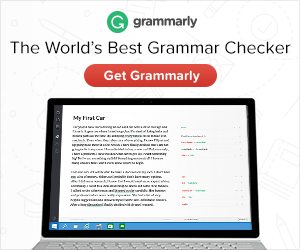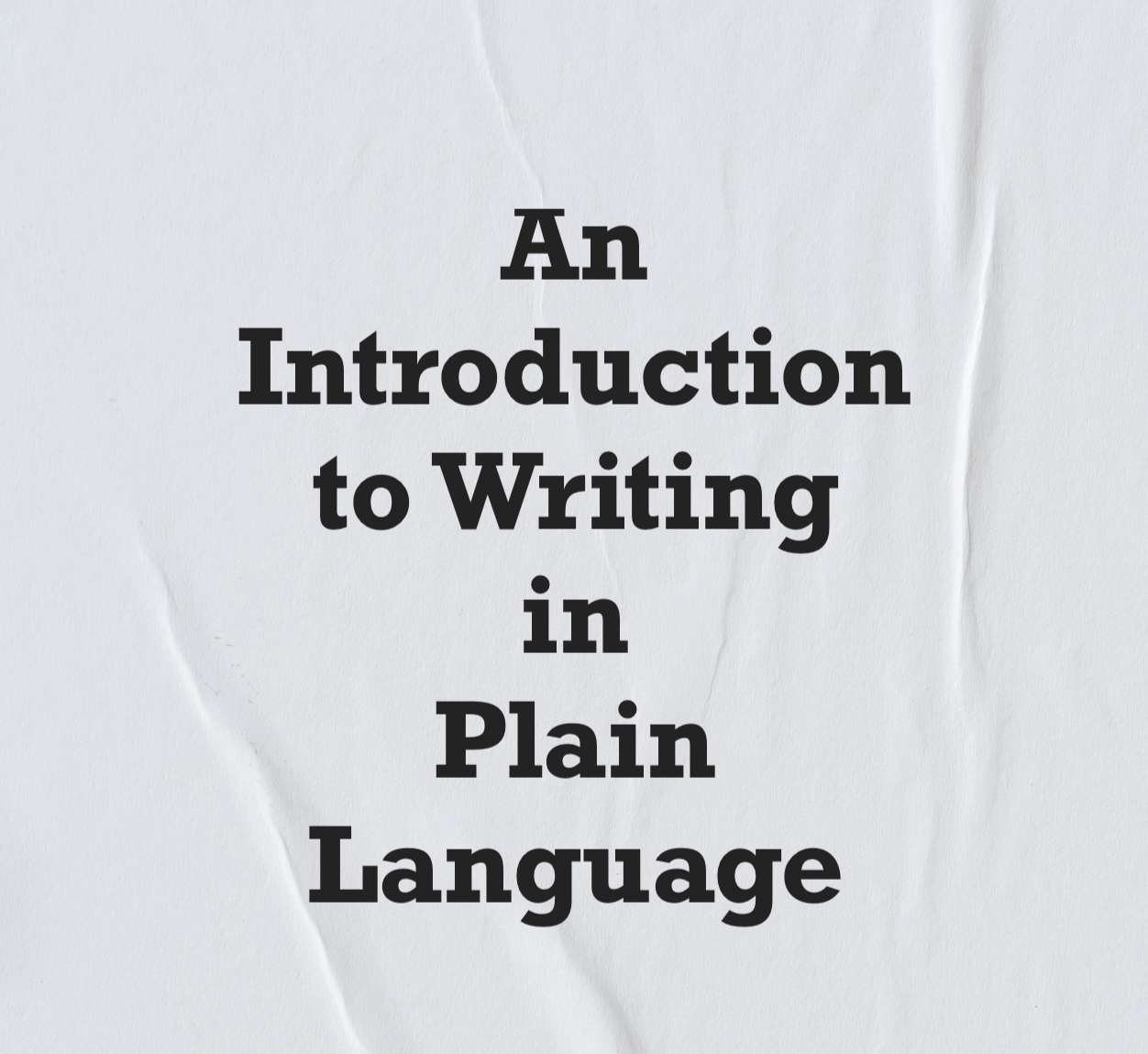How to organize and connect in plain English
Who is Bryan A Garner?
What do you know about one of the major forces behind the current legal writing movement?
Take a quick quiz in order to do a pre-check on your skills. It just takes 3 minutes and will help identify your weaknesses and show you where to focus.
Bryan A. Garner (born Nov. 17, 1958) is an American lawyer, grammarian, and lexicographer. He also writes on jurisprudence (and occasionally golf). He is the author of over 25 books, the best-known of which are Garner’s Modern English Usage (4th ed. 2016) and Reading Law: The Interpretation of Legal Texts (2012—coauthored with Justice Antonin Scalia), as well as five unabridged editions of Black’s Law Dictionary. He serves as Distinguished Research Professor of Law at Southern Methodist University. He also teaches from time to time at the University of Texas School of Law, Texas A&M School of Law, and Texas Tech School of Law.
In 2009, he was named Legal Writing and Reference-Book Author of the Decade at a Burton Awards ceremony at the Library of Congress. He has received many other awards, including the Benjamin Franklin Book Award, the Scribes Book Award, the Bernie Siegan Award, and a Lifetime Achievement Award from the Center for Plain Language.
His work has played a central role in our understanding of modern judging, advocacy, grammar, English usage, legal lexicography, and the common-law system of precedent. His books are frequently cited by American courts of all levels, including the United States Supreme Court.
His friendship with the novelist David Foster Wallace is memorialized in Quack This Way: David Foster Wallace and Bryan A. Garner Talk Language and Writing (2013). His friendship and writing partnership with Justice Antonin Scalia is depicted in the memoir Nino and Me: My Unusual Friendship with Justice Antonin Scalia (2018).
A word about ‘plain English.’ The phrase certainly shouldn’t connote drab and dreary language. Actually, plain English is typically quite interesting to read. It’s robust and direct-the opposite of gaudy, pretentious language. You achieve plain English when you use the simplest, most straightforward way of expressing an idea. You can still choose interesting words. But you’ll avoid fancy ones that have everyday replacements meaning precisely the same thing.
— Bryan A. Garner
Phrasal Verbs
to dive into
to bring up
to figure out
to go over
to follow up
Phrasal Verbs
to head in
to carry out
to show up
to fill out
to come up with
Start here.
Organizing Documents
Connecting Ideas
Making Lists
Organize the Document
Make it easy to follow.
Figure out the questions your users likely have and then organize the material in a logical order.
For regulations and other complex documents, create a comprehensive table of contents. Your table of contents should be a reliable roadmap that users can follow to quickly find what they need.
Limit levels to three or fewer.
Crafting documents with four, five, or even more levels makes it difficult for your audience to keep track of where they are in the process. You should address this problem in your initial structuring of the document. Dividing your document into more pieces at the top levels should allow you to limit subdivisions below the major level to two. The Office of the Federal Register recommends that regulations contain no more than three levels, noting that more than three levels make regulations hard to read and use.
Add useful headings.
Well organized writing will still be difficult for users to follow if they can’t see how it’s organized. An effective way to reveal your document’s organization is to use lots of useful headings. Headings are also critical for effective web pages. You should use headings liberally on the web to help your user accomplish top tasks.
Question headings.
Question headings are useful if you know what questions your audience will ask. Most people come to government documents with questions. If you know those questions, use them as headings. They will help the audience find the information they are looking for quickly. Using the question-and-answer format helps your audience scan the document and find specific information.
Who is this application for?
Where do I apply?
What are my eligibility requirements?
Statement headings.
Statement headings are the next best choice because they are still very specific and can lead the reader in the right direction.
Using Applications to Make Applying Easier
Benefits of Applying Online with Us
Topic headings.
Topic headings are the most formal; many times management is more comfortable with them. But sometimes they’re so vague that they just aren’t helpful. Topic Headings such as “General,” “Application,” and “Scope” are so vague they may confuse the user. For example, “Application” might mean an application to your agency from someone reading your document. But it might as easily mean what the document applies to.
Organize the Paragraph
Have a topic sentence.
If you tell your reader what they’re going to dive into, they’re less likely to have to read your paragraph again. Headings help, but they’re not enough. Establish a context for your audience before you provide them with the details. If you flood readers with details first, they become impatient and may resist hearing your message. A good topic sentence draws the reader in.
We often write the way we think, putting our premises first and then our conclusion. It may be the natural way to develop thoughts, but we wrap up with the topic sentence at the end of the paragraph. Move it up front and let users know where you’re going. Don’t make readers hold a lot of information in their heads before getting to the point.
A side benefit of good topic sentences (and good headings) is that they help you see if your document is well-organized. If it isn’t, topic sentences make it easier for you to rearrange your material.
Always start with the main idea, not an exception.
If you tell your reader what they’re going to dive into, they’re less likely to have to read your paragraph again. Headings help, but they’re not enough. Establish a context for your audience before you provide them with the details. If you flood readers with details first, they become impatient and may resist hearing your message. A good topic sentence draws the reader in.
Don’t Say
Except as described in paragraph (b), the Division Manager will not begin the statutory 180-day review period for the program until after the preliminary review determines that your submission is administratively complete.
Say
The Division Manager will not begin the statutory 180-day review period for the program until the preliminary review determines that your submission is administratively complete. However, see paragraph (b) for an exception.
In the first version, the audience has to decide whether to jump immediately down to paragraph (b) or continue reading to the end of the sentence. This means the audience is focusing on reading strategy, not on your content.
There is no absolute rule about where to put exceptions and conditions. Put them where they can be absorbed most easily. In general, the main point of the sentence should be as close to the beginning as possible.
If an exception or condition is just a few words, and seeing it first will avoid misleading users, put it at the beginning instead of the end.
Don’t Say
With your grant application you must submit a resume containing your undergraduate, graduate, and any other professional education, your work experience in the field of health care, and the name, and phone number of current and previous employers in the healthcare field, unless you have already submitted this information.
Say
Unless you have already submitted an up-to-date resume, you must submit a resume containing your undergraduate, graduate, and any other professional education, your work experience in the field of health care, and the name, address and phone number of current and previous employers in the health care field.
Use the word if for conditions. Use when (not where), if you need if to introduce another clause or if the condition occurs regularly.
If an exception or condition is long and the main clause is short, put the main clause first and then state the exception or condition.
Don’t Say
Except when you submitted an identical application for an education grant in the previous year and you received full or partial grant for that year’s program, we will schedule a hearing on your application.
Say
We will schedule a hearing on your application, except when you submitted an identical application for an education grant in the previous year and you received full or partial grant for that year’s program.
If a condition and the main clause are both long, foreshadow the condition and put it at the end of the sentence. If there are several conditions, lead with “if” or a phrase such as “in the following circumstances.”
Before
If you, or an interested party, requests that the hearing be held at the educational institution where you plan to instruct program participants, and the hearing room is both handicapped-accessible and large enough for at least 100 people, we may, at our discretion, hold the hearing at that location, after adequate public notice.
After
We may hold a hearing at the educational institution where you plan to instruct program participants if:
1. You, or an interested party, request the location;
2. the hearing room is large enough for at least 100 people and handicapped-accessible; and
3. We can give adequate public notice.
Avoid using an exception, if you can, by stating a rule or category directly rather than describing that rule or category by stating its exceptions.
Don’t Say
All persons except those 18 years or older must…
Say
Each person under 18 years of age must…
But use an exception if it avoids a long and cumbersome list or elaborate description.
Don’t Say
Alabama, Alaska, …, and Wyoming (a list of 47 states) must
Say
Each state except Texas, New Mexico, and Arizona must…
Prepositions – In & At
In the case of place, these prepositions have the different meanings.
I am in the hospital. (You are getting treatment)
I am at the hospital. (You are visiting someone there)
Connecting
Use transition words.
A topic sentence may provide a transition from one paragraph to another. But a transition word or phrase (usually in the topic sentence) clearly tells the audience whether the paragraph expands on the paragraph before, contrasts with it, or takes a completely different direction.
Types of transitions.
Bryan Garner (2001) divides transition words into three types:
- Pointing words
- Echo links
- Explicit connectives
Pointing words.
Pointing words – including this, that, these, those, and the – refer directly to something already mentioned. They point to an antecedent. If your preceding paragraph describes the process of strip mining, and your next paragraph begins with “this process causes…,” the word this makes a clear connection between paragraphs.
Echo links.
Echo links are words or phrases that echo a previously mentioned idea. They often work together with pointing words.
In the example above, you’ve just written a paragraph about how strip mining removes the top surface of the land to get at the coal under it. If you then begin the next paragraph with “this scarring of the earth,” the words “scarring of the earth” are an echo of the mining process described in the previous paragraph.
Strip mining = scaring of the earth …
Erosion = washing away of the soil …
Forest fires = the smoke …
Explicit connectives.
Explicit connectives – further, also, however, and therefore — supply transitions.
Explicit connectives between sentences and paragraphs can be overdone, but more often we simply overlook using them. Being too familiar with our own material, we think they aren’t needed. Readers, on the other hand, find them helpful in following our train of thought.
Here are some examples from Bryan Garner.
When adding a point
also
and
in addition
besides
what is more
similarly
further
When giving an example
for instance
for example
for one thing
for another thing
When restating
in other words
that is
in short
put differently
again
When introducing a result
so
as a result
thus
therefore
accordingly
then
When contrasting
but
however
on the other hand
still
nevertheless
conversely
When summing up
to summarize
to sum up
to conclude
in conclusion
in short
When sequencing ideas
first
second
third
fourth
then
next
finally
Use lists.
Lists highlight a series of steps, requirements, or pieces of information in a visually clear way. Use lists to help your user focus on important material.
- Highlight levels of importance.
- Help the reader understand the order in which things happen.
- Help readers skim and scan.
- Make it easy to identify all steps in a process.
- Add white space for easy reading.
- Are an ideal way to present items, conditions, and exceptions.
Before
Each completed well drilling application must contain a detailed statement including the following information: the depth of the well, the casing and cementing program, the circulation media (mud, air, foam, etc.), the expected depth and thickness of fresh water zones, and well site layout and design.
After
With your application for a drilling permit, provide the following information:
-
- Depth of the well.
- Casing and cementing program.
- Circulation media (mud, air, form, etc.)
- Expected depth and thickness of freshwater zones.
- Well site layout and design.
Chronological order.
Regulations frequently address processes. Chronological order is best for process information:
-
You fill out an application to get a benefit.
-
You submit the application.
-
The agency goes over the application.
-
The agency decides on the application.
Lists are also helpful in clarifying the chronological order of steps in a process. When you’re outlining steps in a process, consider numbering the individual list items.
- Enter the student’s admission number from Form 94.
- Endorse all copies of the form.
- Return a copy to the student.
- Send a copy to the Immigration and Naturalization Service.
Include a lead-in sentence.
Lead-in sentences help explain your lists.
Before
Classroom supplies
-
- A tablet
- A pen or pencil
The paperwork you sent us when you first applied for class
After
Classroom supplies
When you come to class, you should bring the following:
-
- A tablet
- A pen or pencil
- The paperwork you sent us when you first applied for class
Use parallel construction.
Make sure each of the bullets in a list can make a complete sentence if combined with the lead-in sentence. The following example is a list that is not parallel.
You must submit:
- Your application
- Recommendation letter
- Mail it express mail
What is the problem?
“Mail it express mail” does not work with the rest of the list. The other items are nouns, but this is a verb. It isn’t something to submit. It’s a separate part of the instructions. You could change it and say “Express Mail Receipt”.
Phrasal Verbs
to wrap up
to tie up
– to end or finish something.
to wind up
(in company law, this is to formally bring a business to a close)
These books will change how you write.
See your level in just 5 minutes.
We can teach you legal English.
About the Author
Eric Froiland
Eric is a legal English teacher from the United States and has been based out of Bogota, Colombia for the last 10 years. He is the owner and founder of Legal English Innovation SAS, which is recognized as the top legal English academy in Colombia and is an official Test of Legal English Skills (TOLES) examination center.






